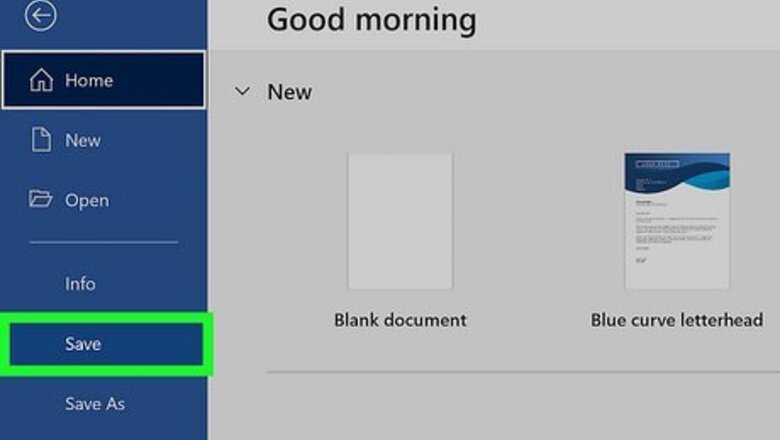
views
- By default, Quick Removal Mode is enabled, which means you can remove your USB without ejecting it first as long as Windows isn't accessing it.
- Enable Better Performance Mode in "Properties" of your USB device in Device Manager and select "Policies > Better Performance."
- Alternatively, click the drive in your taskbar and select "Eject."
Removing a Thumb Drive Quick Removal Mode
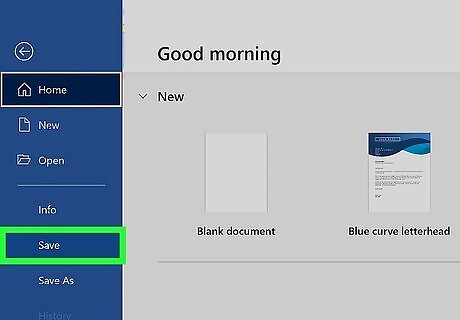
Save any open documents you have on the flash drive. In most programs, you can save your progress by click File and then Save. Generally, you can also press "Ctrl" and "S" at the same time to save your work.
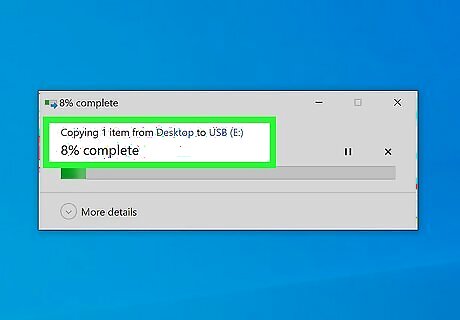
Make sure Windows isn't writing any files to the USB drive. When saving larger files to a flash drive, it may take Windows a few minutes to finish copying them. Windows displays a progress bar when copying files to another drive. Check the taskbar there are no files in the process of being copied. You can also press "Windows Key" and "E" at the same time to open File Explorer. Open the USB drive under "This PC" and check that all files have been copied.
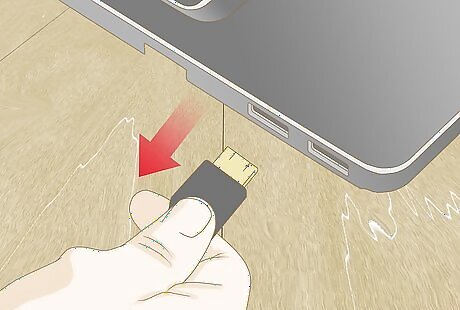
Gently remove the USB drive. If you are using the default Quick Removal setting and no files are currently in the process of being copied, you can remove the USB drive at any time without the risk of losing data. Gently pull it out of the USB slot to remove it.
Enabling Better Performance Mode
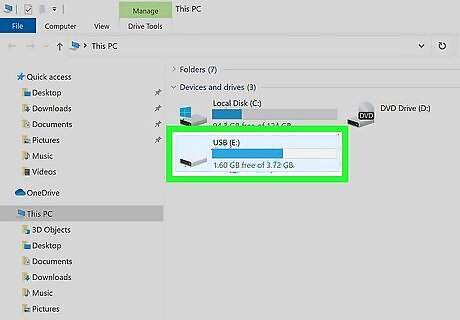
Make sure your flash drive inserted in your computer. Insert the USB drive in any available USB port on your computer. When Better Performance mode is enabled, Windows uses a local write cache when writing to a USB drive. This makes the process of writing to the drive quicker, but it also increases the risk of data loss if the drive is not removed safely.
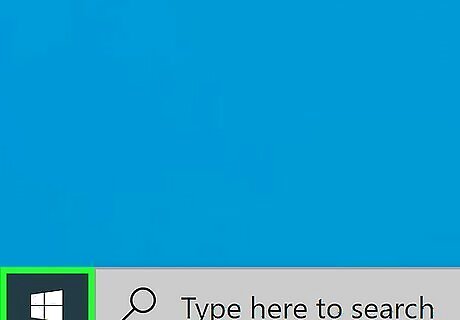
Right-click the Start button. It's the Windows logo in the bottom-left corner of the screen. Doing so will display a pop-up menu. You can also hold down the "Windows Key" and tap "X" to bring up the pop-up menu.
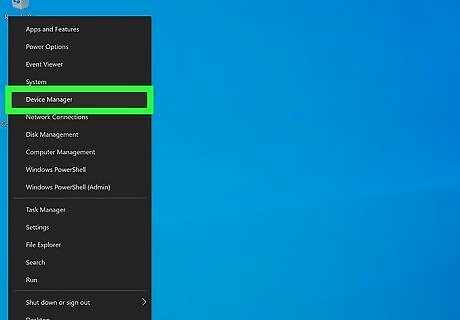
Click Device Manager. This option is toward the top of the pop-up menu.
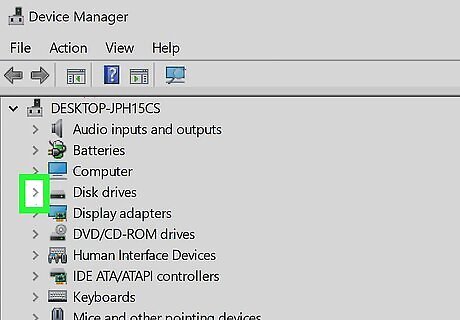
Click the Android 7 Expand Right icon to the left of "Disk Drives." The Disk Drives section is toward the top of the Device Manager window. Clicking the arrow to the left of it reveals the list of your computer's disk drives, which also include your currently attached flash drive.
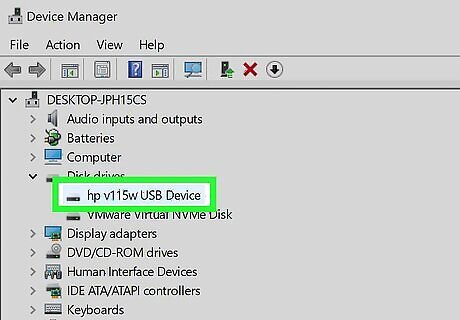
Right-click your flash drive's name. The flash drive's name will vary, but you will usually see "USB" in its title.
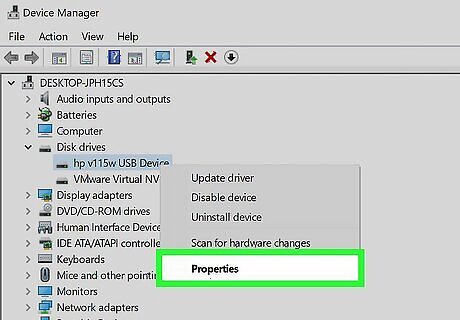
Click Properties. This option is at the bottom of the right-click drop-down menu.
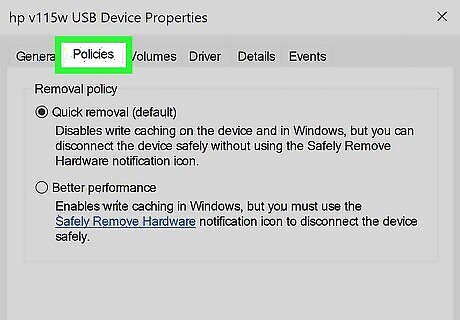
Click Policies tab. It's the second tab at the top of the "Properties" window.
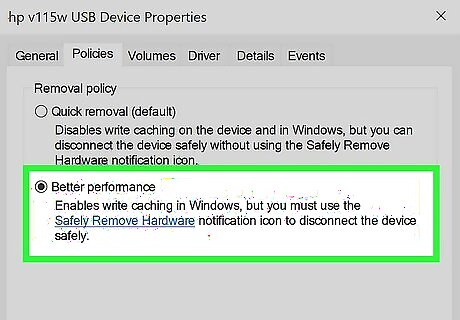
Click the radio option next to "Better Performance." It's the second option in the Policies menu.
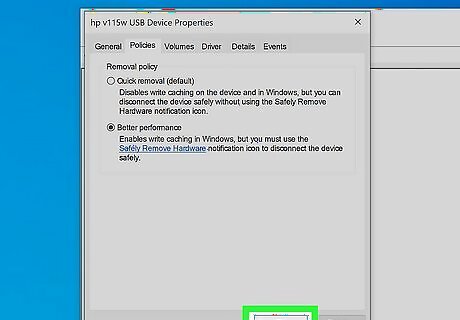
Click OK. This enables Better Performance mode. This makes writing to the disk drive faster, but you must remove the drive using one of the safe removal methods to avoid data loss.
Using the Safe Removal Options in the Taskbar
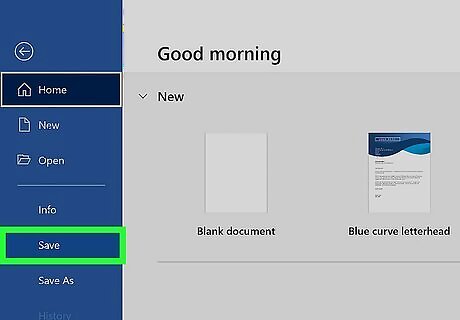
Save any open documents you have on the flash drive. In most programs, you can save your progress by click File and then Save. Generally, you can also press "Ctrl" and "S" at the same time to save your work.
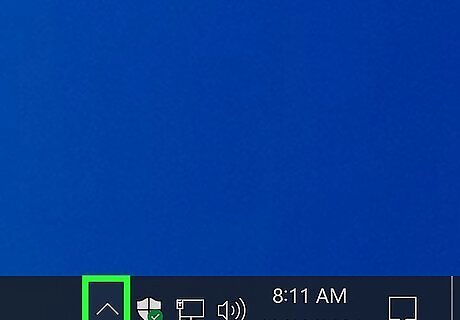
Click Android 7 Expand Less in the taskbar. It's the icon with a bracket pointing up. It's to the left of the clock in the Windows taskbar. This displays hidden icons in the Windows taskbar.
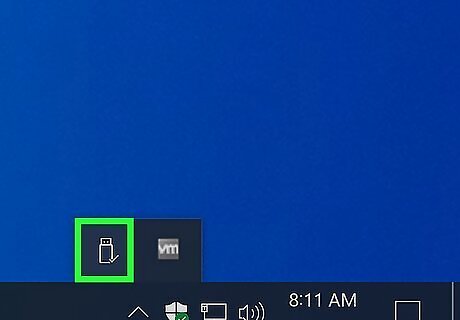
Click the icon that resembles a USB drive. This is the icon to safely remove a USB drive from your computer. Doing so displays a drop-down menu.
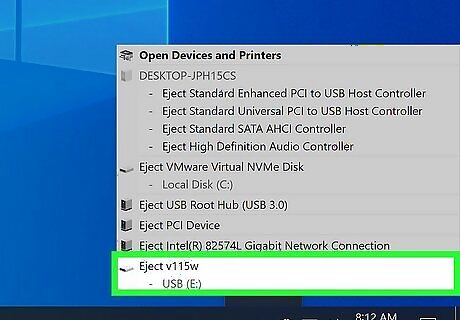
Click Eject. This option is at the bottom of the drop-down menu. It will typically say something like Eject SDHC (E:) with your flash drive's name written after the "Eject" prompt.
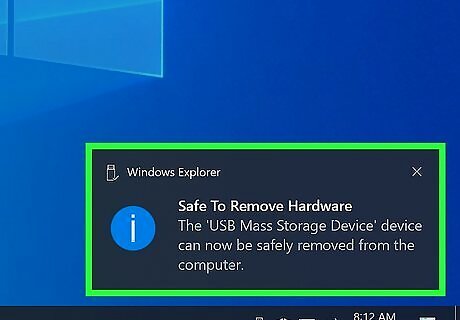
Wait for the "Safe to Remove Hardware" prompt. Once this notification displays in the bottom-right corner of your computer's screen, it is safe to remove your USB drive.
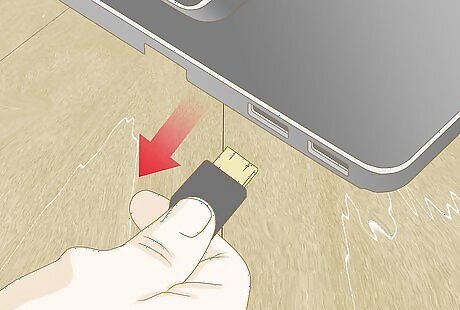
Gently tug the flash drive away from your computer. It should slide out. The next time you plug your flash drive into your computer, all of your files should be as you left them.
Using File Explorer
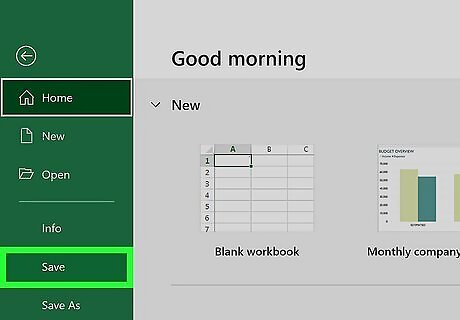
Save any open documents you have on the flash drive. In most programs, you can save your progress by click File and then Save. Generally, you can also press "Ctrl" and "S" at the same time to save your work.
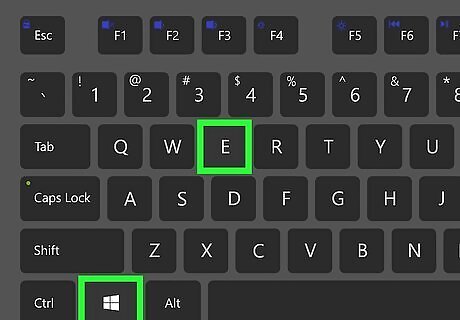
Press ⊞ Win+E to open File Explorer. File Explorer has an icon that resembles a folder with a blue click. Click the File Explorer icon or press "Windows Key" and "E" at the same time to open File Explorer.
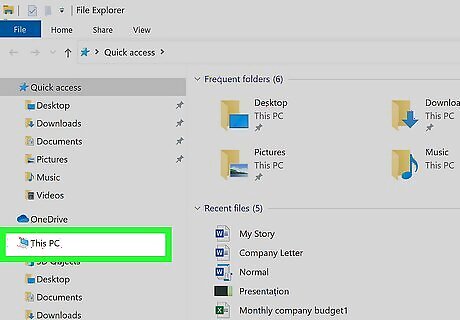
Click the "This PC" icon. It's a computer monitor-shaped image in the panel to the left in File Explorer.[Image:Remove a Flash Drive from a Windows 10 Computer Step 10 Version 2.jpg|center]]
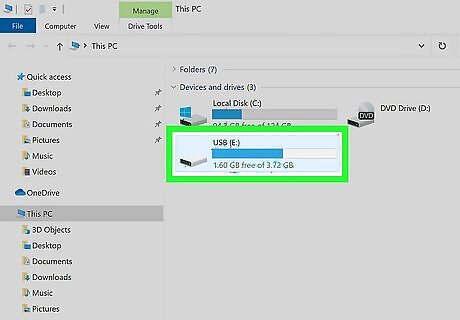
Find your flash drive's name. It will appear below the "Devices and drives" heading that's in the middle of the page. Typically, your flash drive will be on the right side of this page. You'll usually see "(E:)" or "(F:)" after the flash drive's name. Alternatively, you can find it in the sidebar panel to the left.
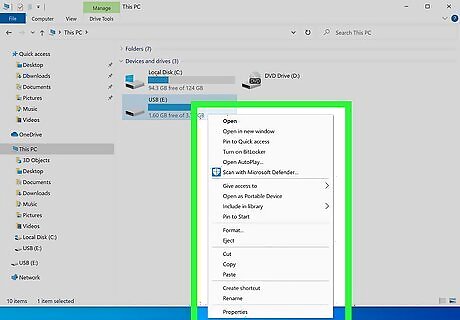
Right-click your flash drive's name. A drop-down menu will appear.
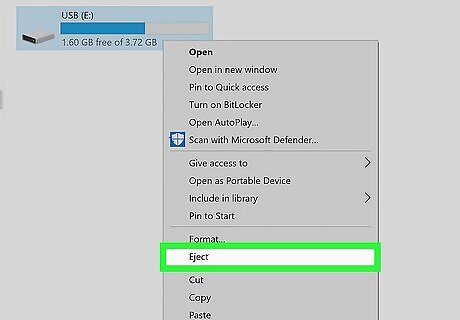
Click Eject. It's near the middle of the drop-down menu. Once you do this, the flash drive's name should disappear from the This PC window.
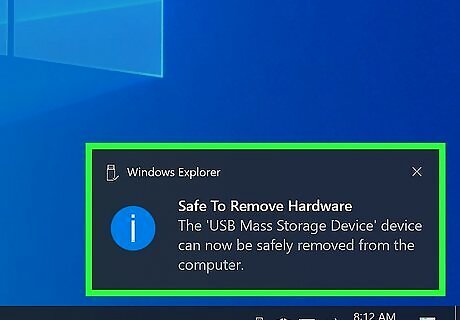
Wait for the "Safe to Remove Hardware" prompt. Once this notification displays in the bottom-right corner of your computer's screen, it is safe to remove your USB drive.
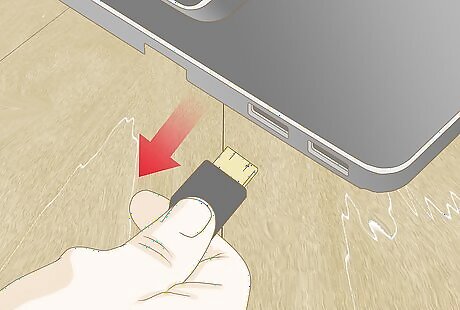
Gently tug the flash drive away from your computer. It should slide out. The next time you plug your flash drive into your computer, all of your files should be as you left them.




















Comments
0 comment